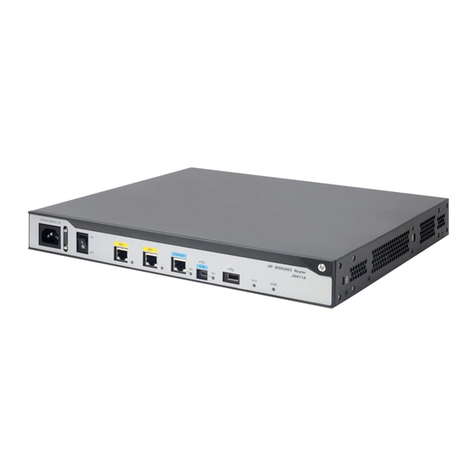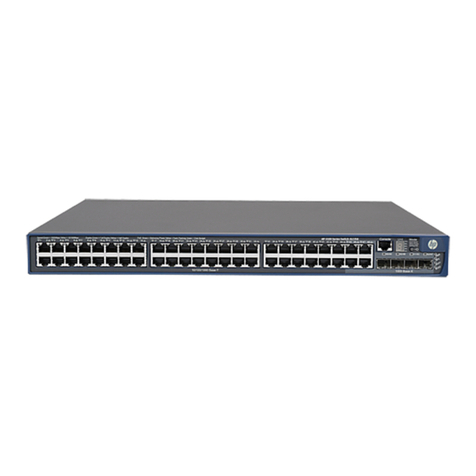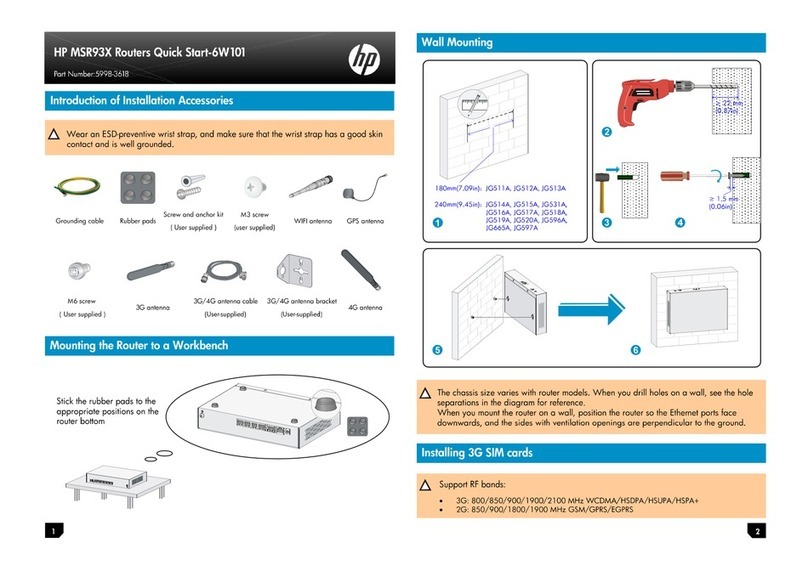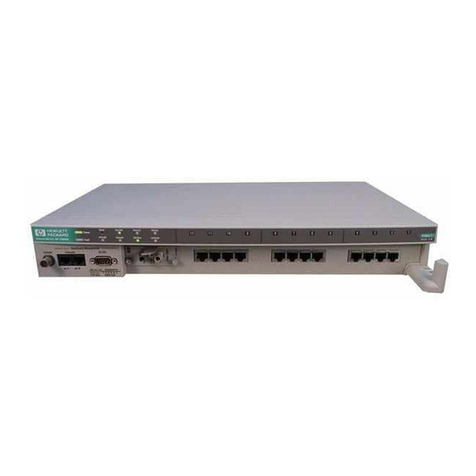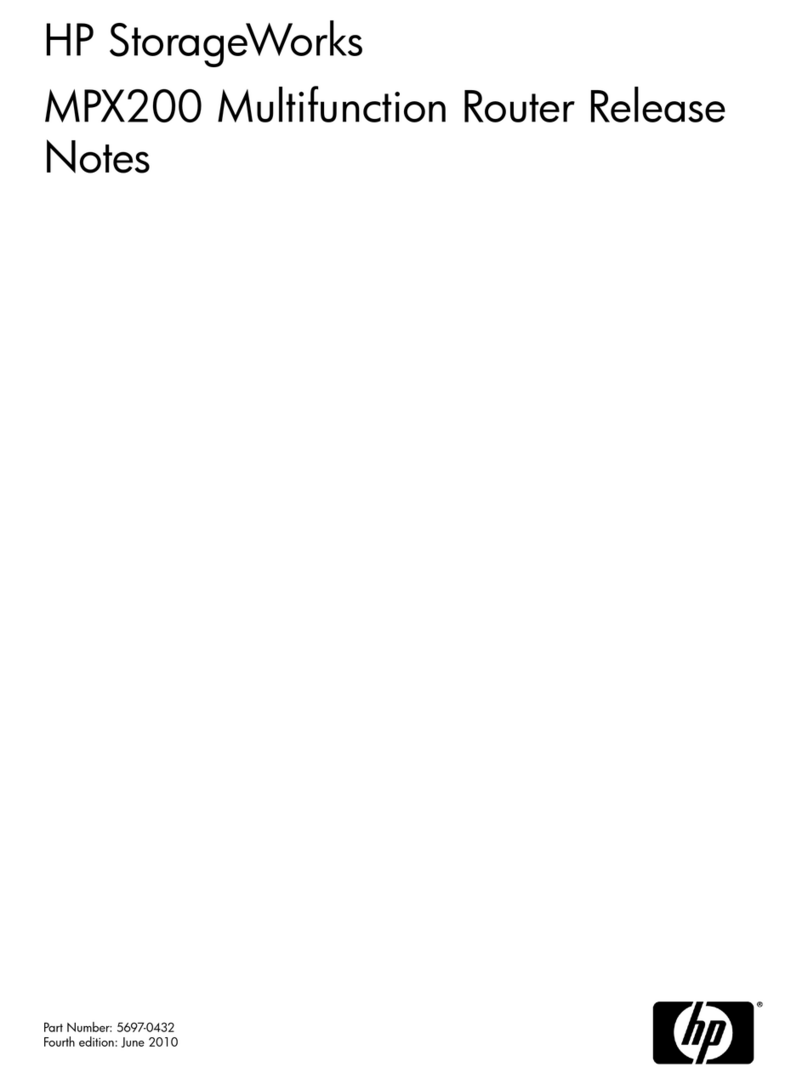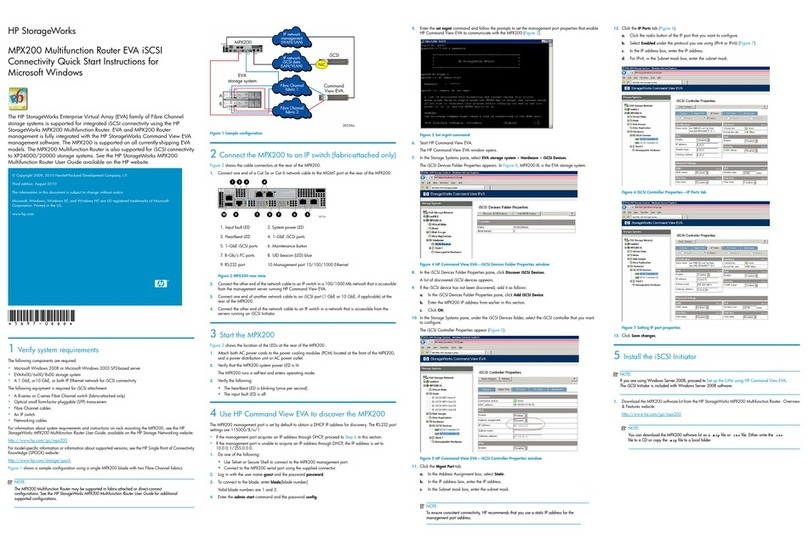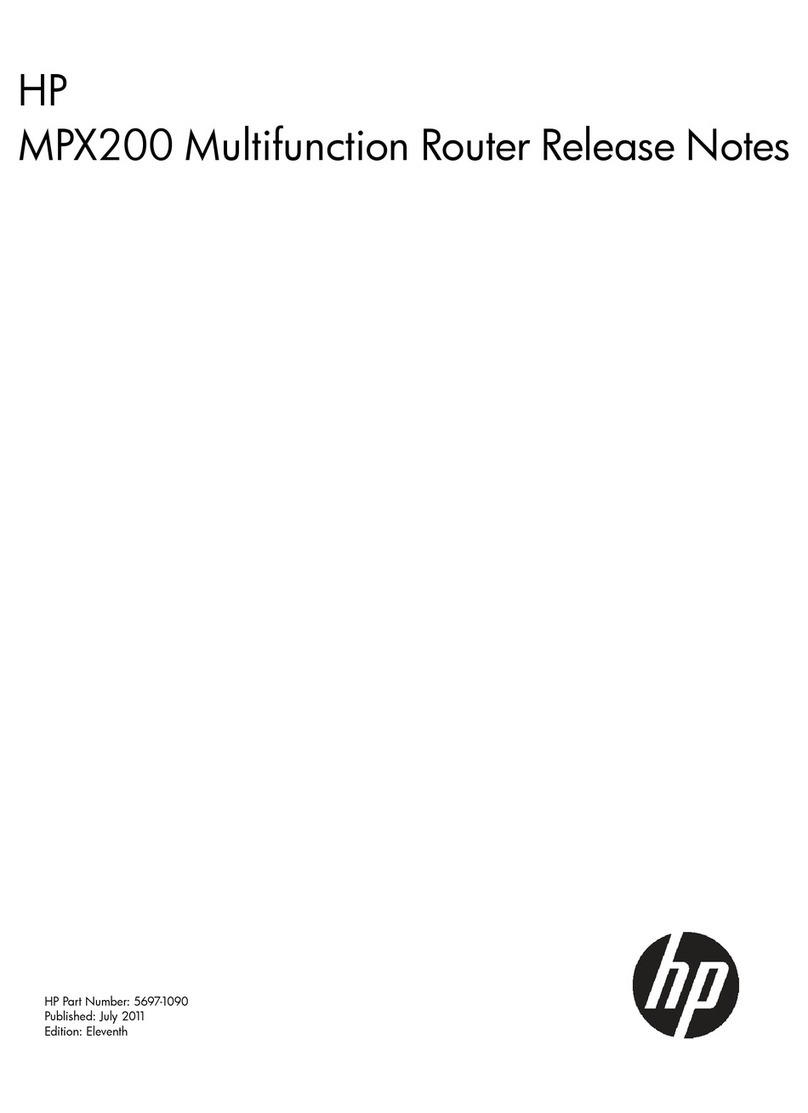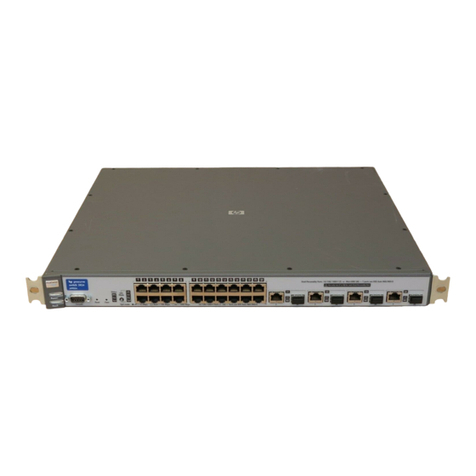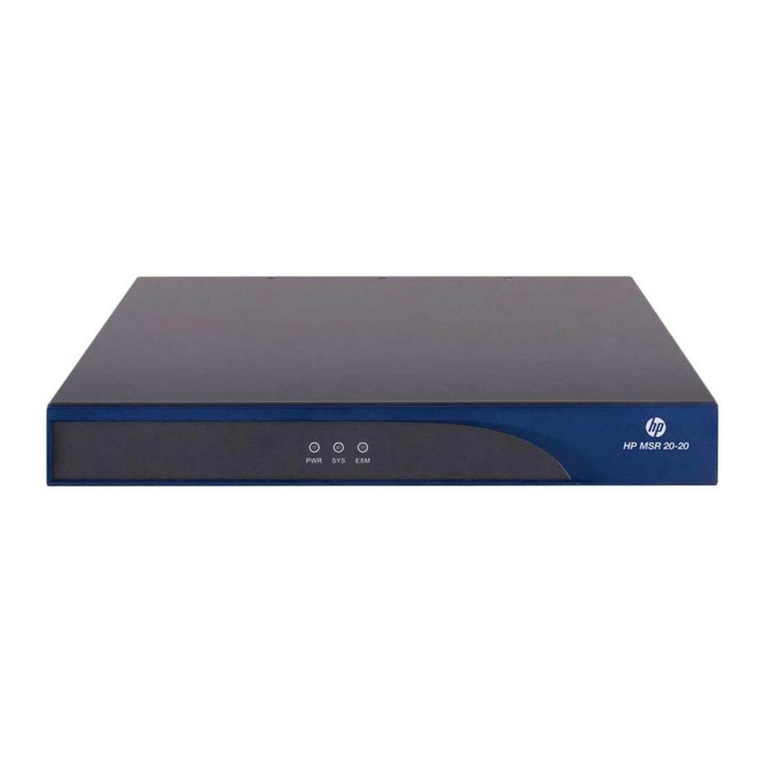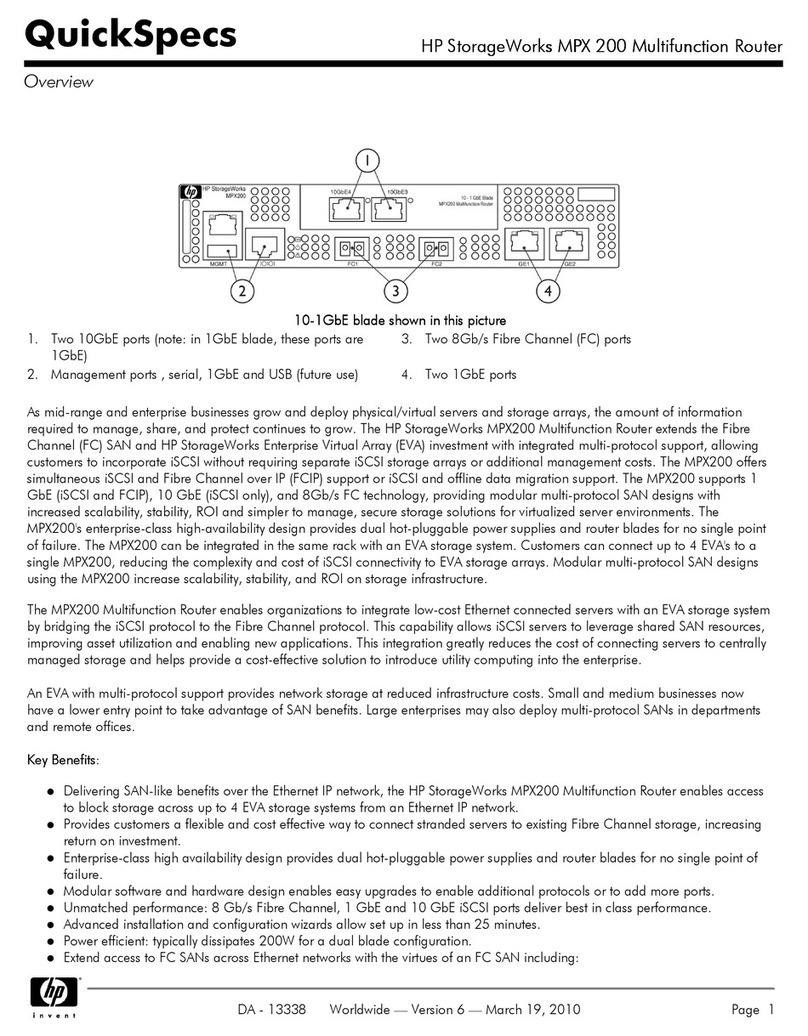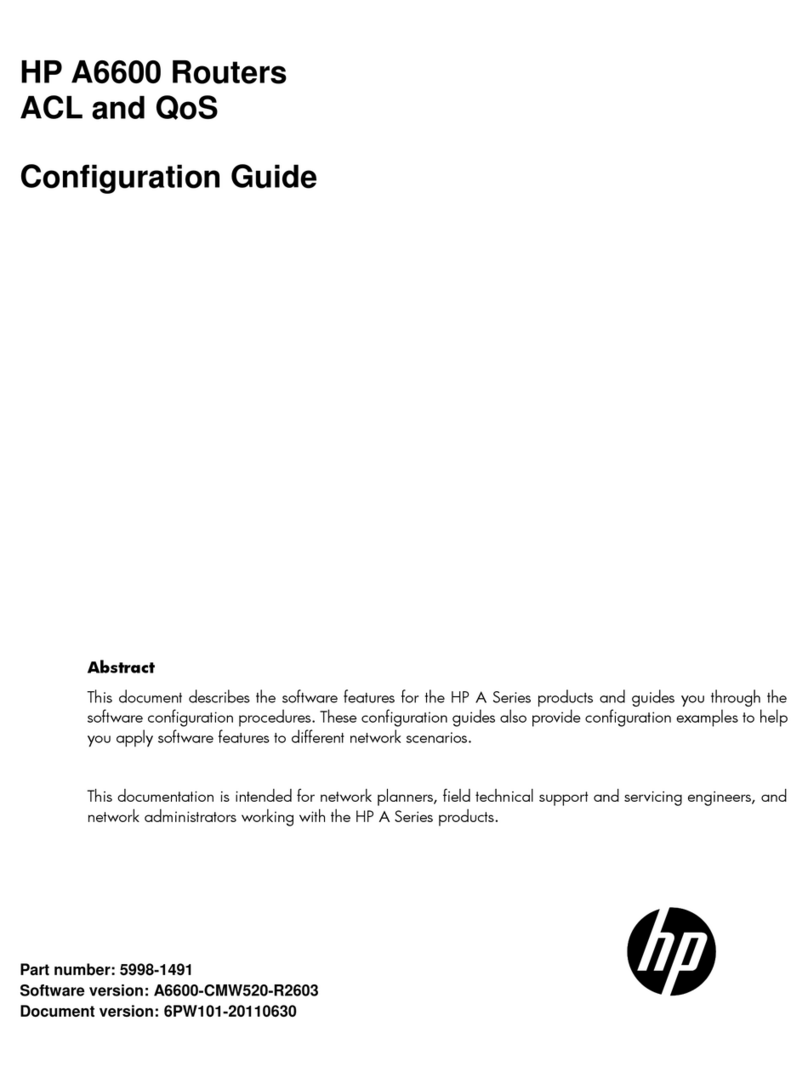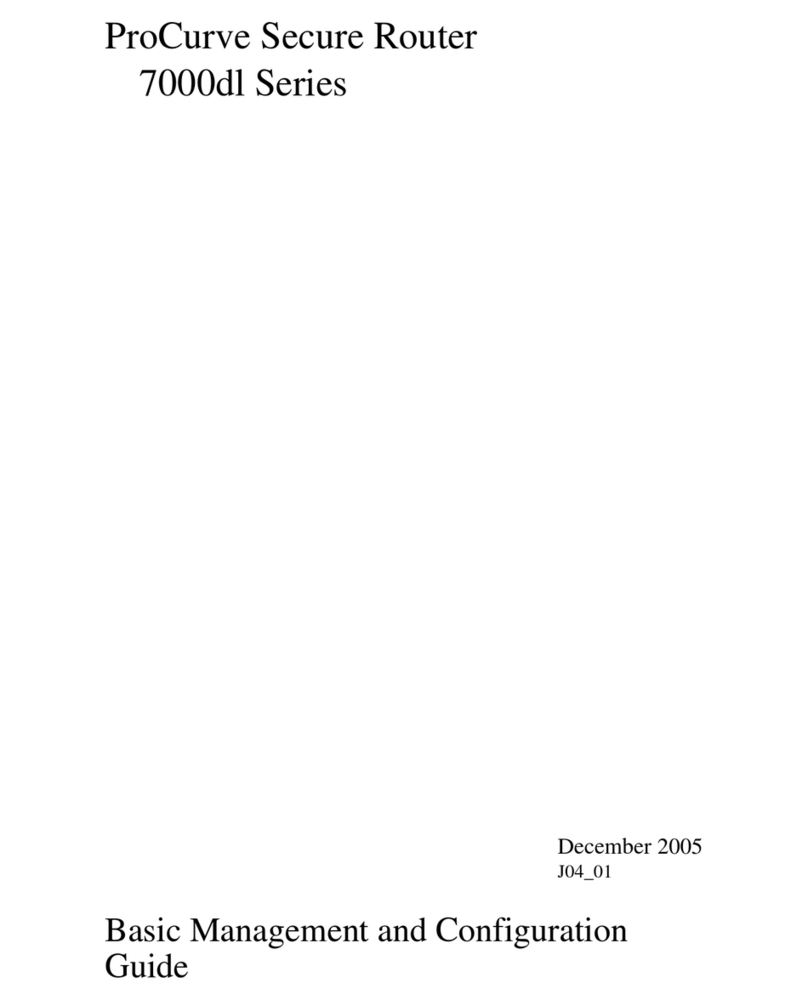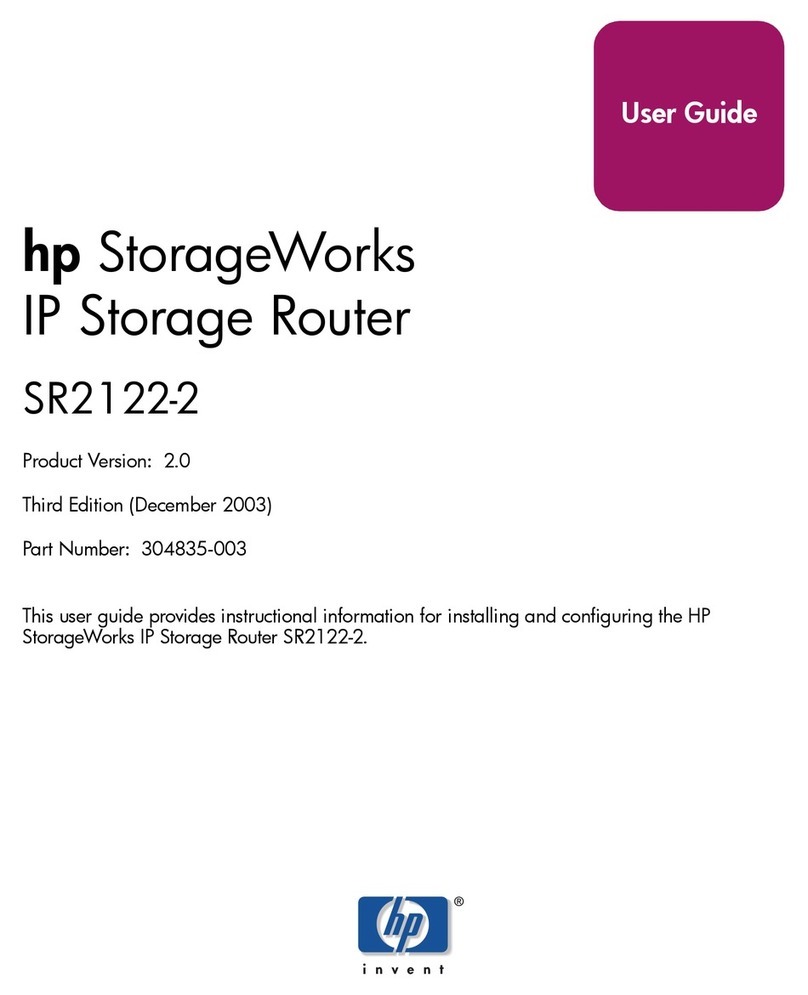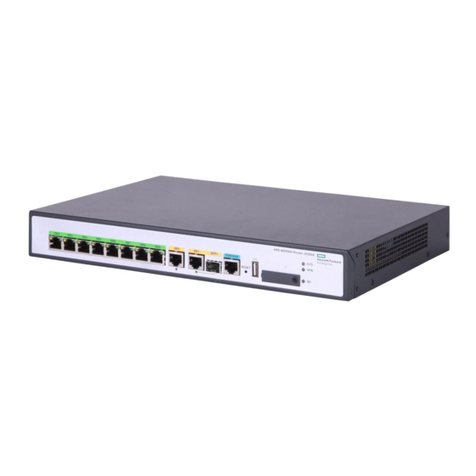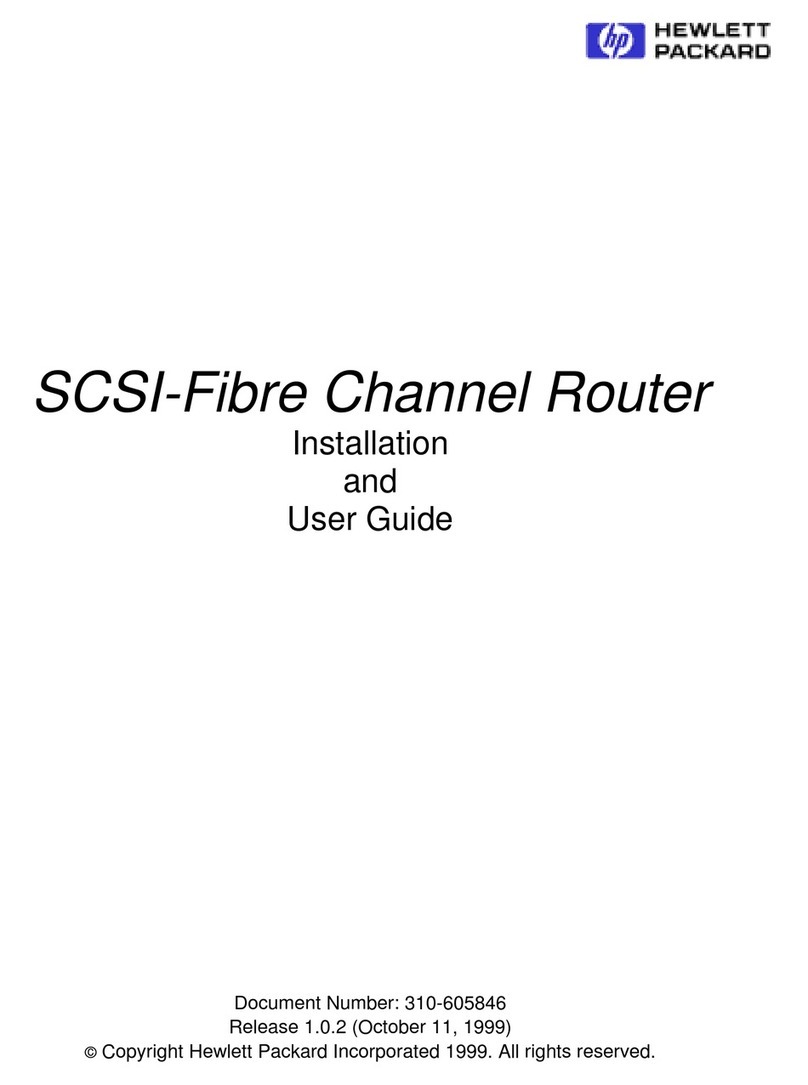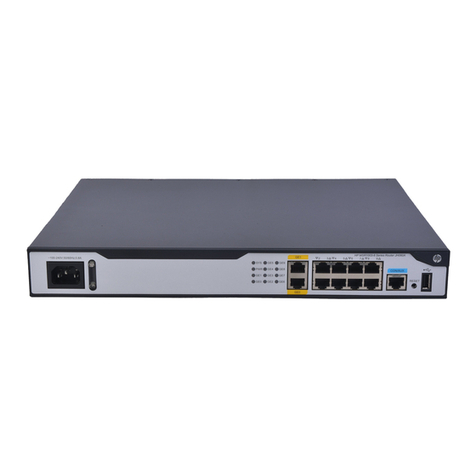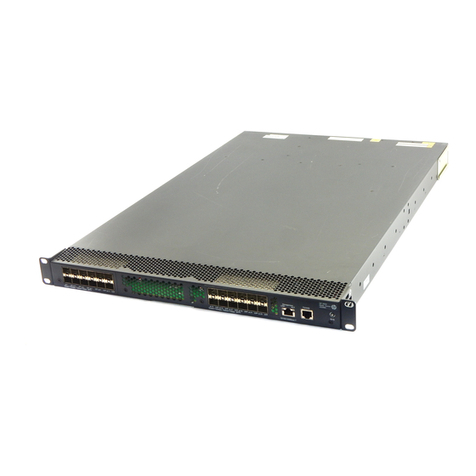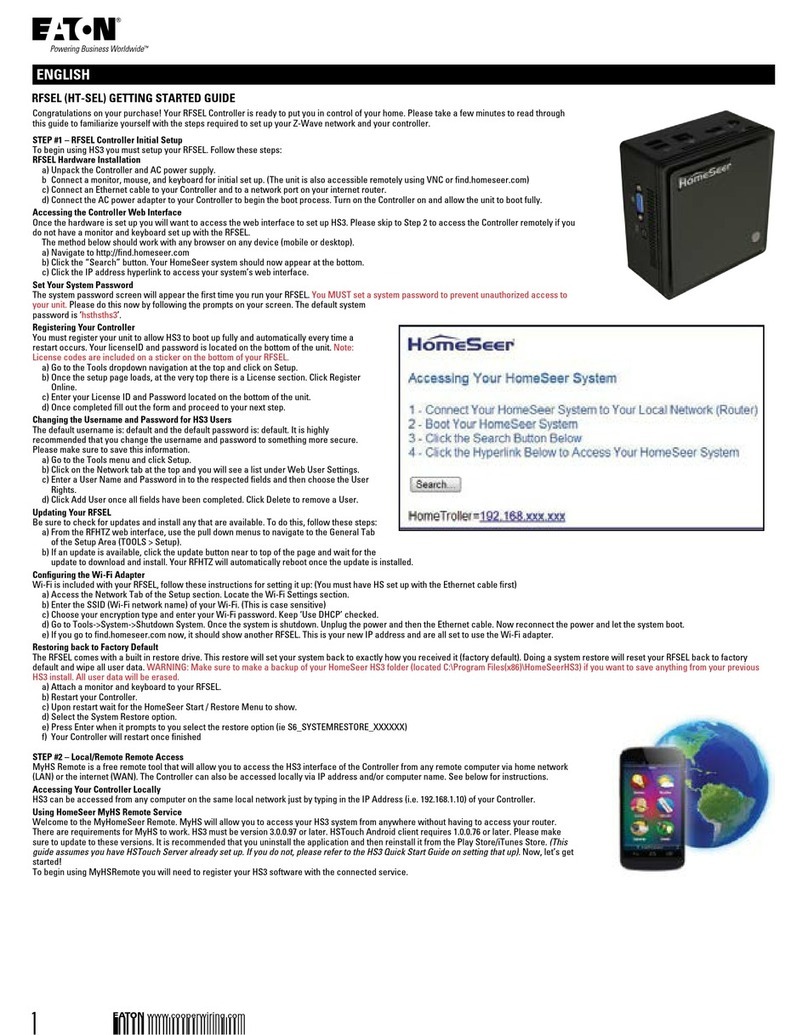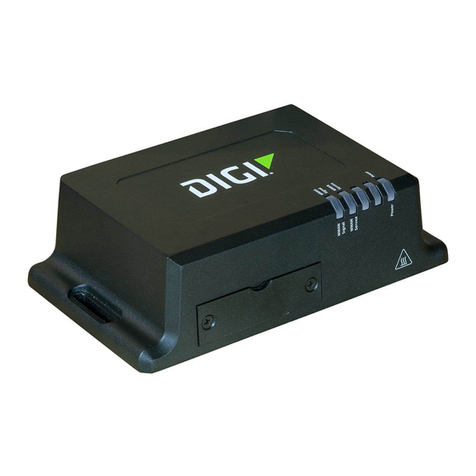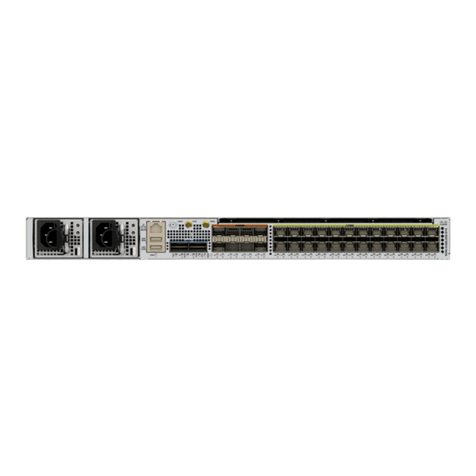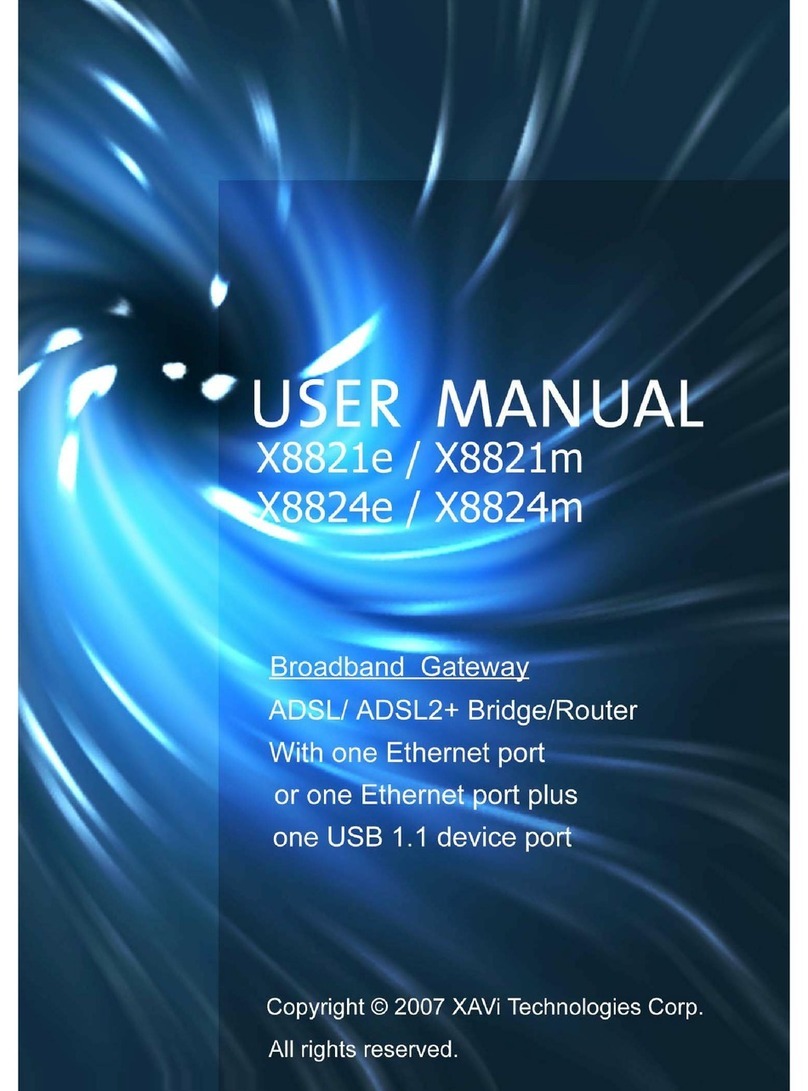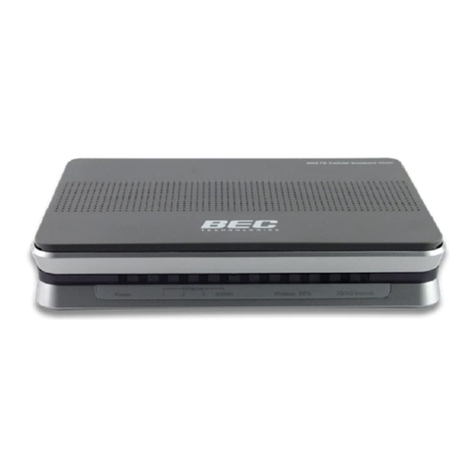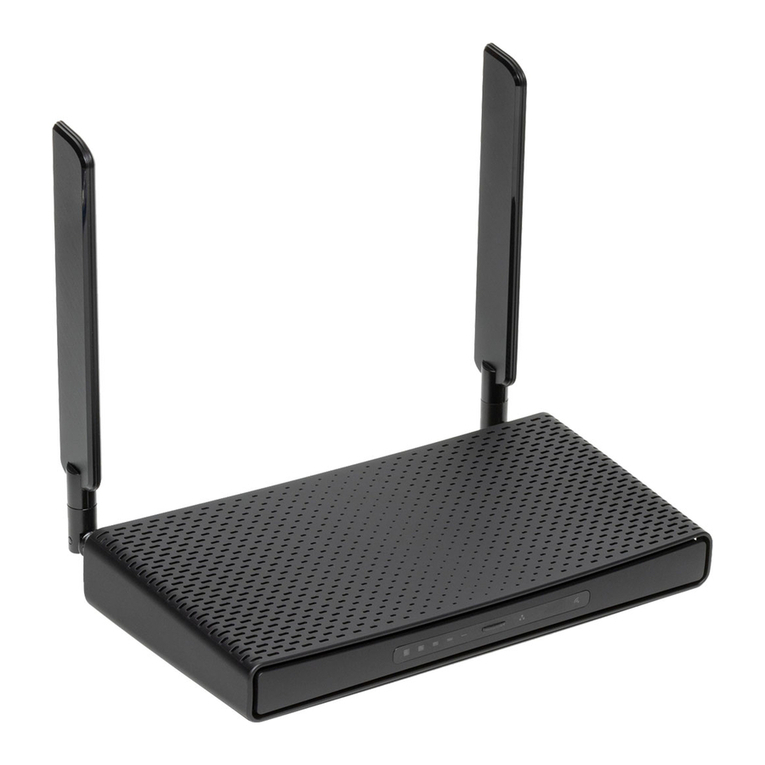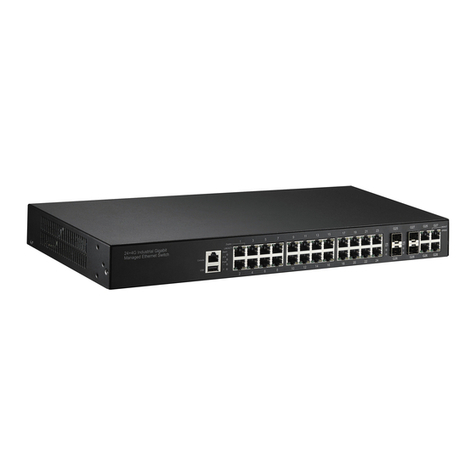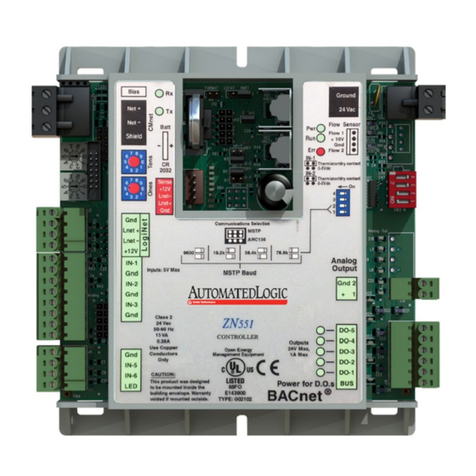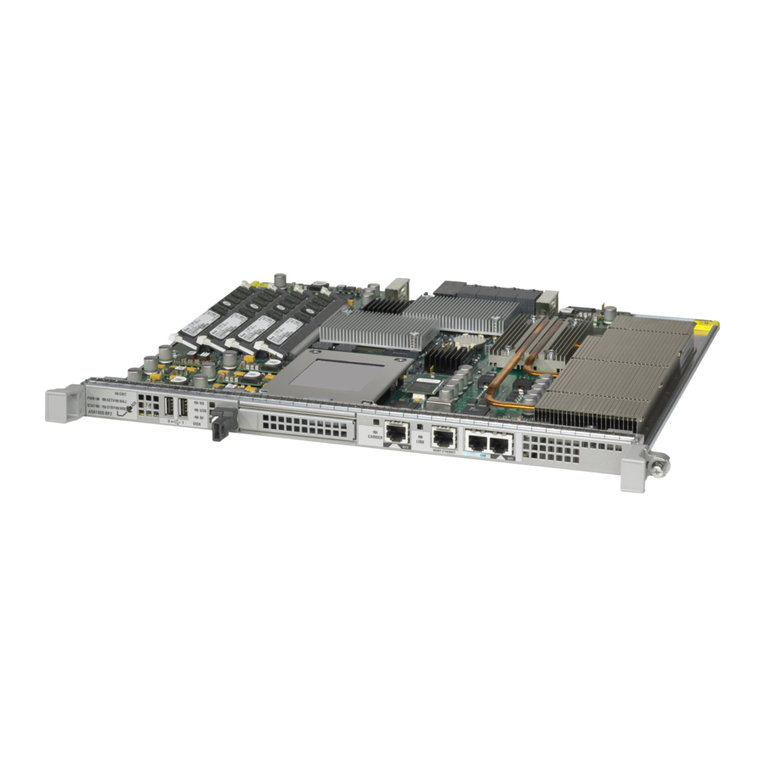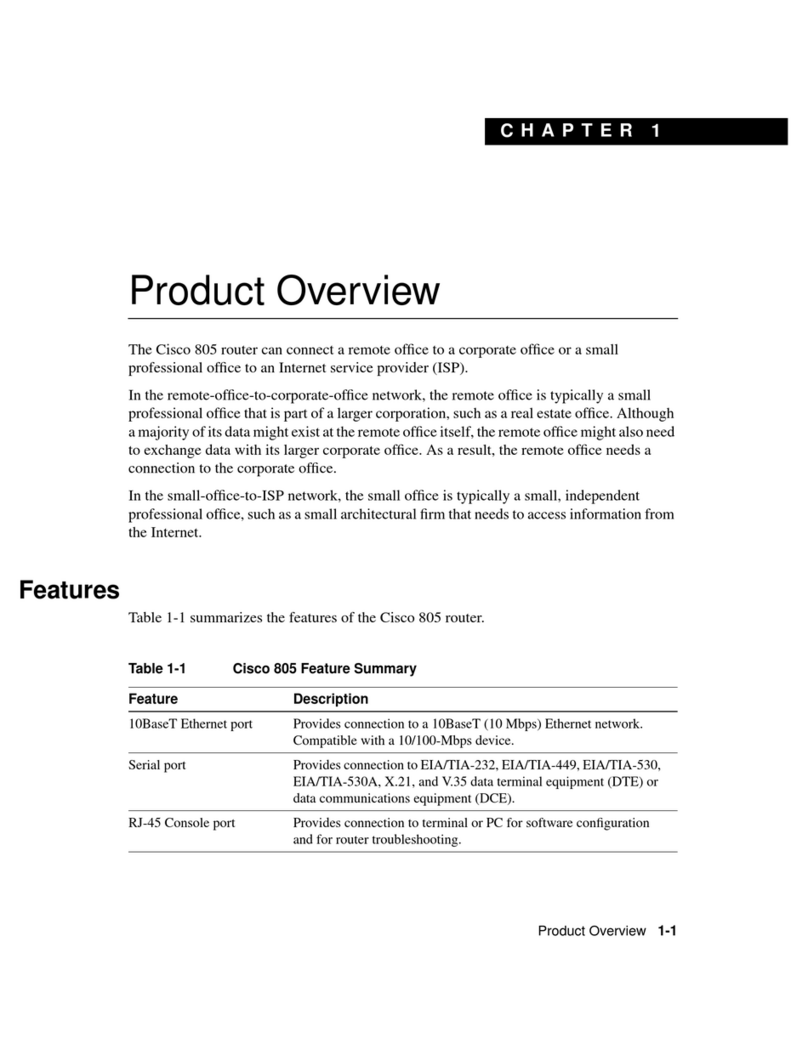
iv
Configuring an interface to use BOOTP for IP address acquisition·········································································· 80
Displaying and maintaining BOOTP client ················································································································· 80
BOOTP client configuration example ·························································································································· 80
Network requirements··········································································································································· 80
Configuration procedure ······································································································································ 80
Configuring DNS ·······················································································································································81
Overview········································································································································································· 81
Static domain name resolution····························································································································· 81
Dynamic domain name resolution······················································································································· 81
DNS proxy ····························································································································································· 82
DNS spoofing ························································································································································ 83
DNS configuration task list············································································································································ 84
Configuring the IPv4 DNS client ·································································································································· 85
Configuring static domain name resolution········································································································ 85
Configuring dynamic domain name resolution·································································································· 85
Configuring the IPv6 DNS client ·································································································································· 86
Configuring static domain name resolution········································································································ 86
Configuring dynamic domain name resolution·································································································· 87
Configuring the DNS proxy ·········································································································································· 87
Configuring DNS spoofing ··········································································································································· 88
Specifying the source interface for DNS packets ······································································································· 88
Configuring the DNS trusted interface························································································································· 89
Setting the DSCP value for outgoing DNS packets ···································································································· 89
Displaying and maintaining IPv4 DNS························································································································ 90
IPv4 DNS configuration examples ······························································································································· 90
Static domain name resolution configuration example ····················································································· 90
Dynamic domain name resolution configuration example ··············································································· 91
DNS proxy configuration example······················································································································ 93
IPv6 DNS configuration examples ······························································································································· 95
Static domain name resolution configuration example ····················································································· 95
Dynamic domain name resolution configuration example ··············································································· 96
DNS proxy configuration example····················································································································100
Troubleshooting IPv4 DNS configuration ··················································································································101
Symptom·······························································································································································101
Solution·································································································································································101
Troubleshooting IPv6 DNS configuration ··················································································································101
Symptom·······························································································································································101
Solution·································································································································································101
Configuring DDNS·················································································································································· 102
Overview·······································································································································································102
DDNS application ···············································································································································102
DDNS client configuration task list·····························································································································103
Configuring a DDNS policy········································································································································103
Configuration prerequisites ································································································································105
Configuration procedure ····································································································································105
Applying the DDNS policy to an interface················································································································105
Setting the DSCP value for outgoing DDNS packets································································································106
Displaying DDNS·························································································································································106
DDNS configuration examples ···································································································································107
DDNS configuration example with www.3322.org ·······················································································107
DDNS configuration example with PeanutHull server·····················································································108
Basic IP forwarding on the device ························································································································· 110
FIB table ········································································································································································110
